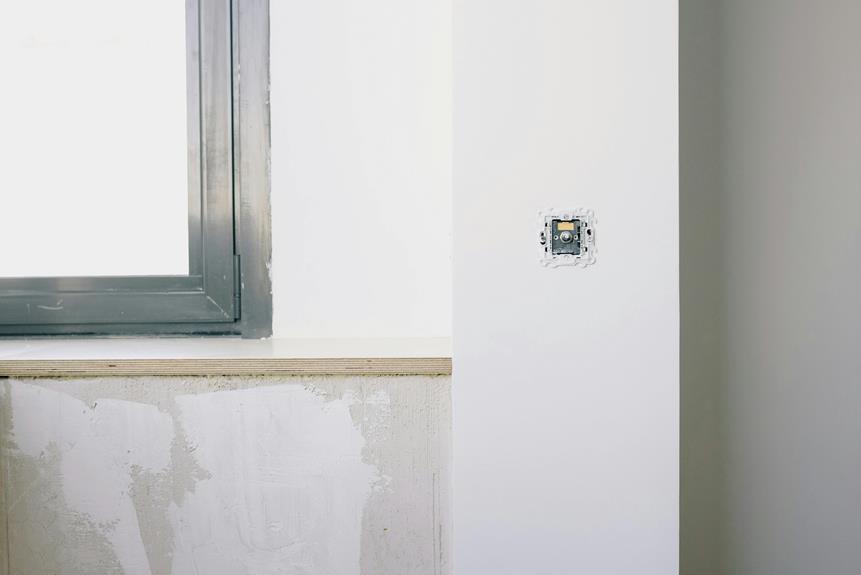When discussing the layout of a home, it is essential to understand the various types of rooms that typically comprise a residential structure. Each room serves a unique purpose, contributing to the overall functionality and comfort of the home. While the number of rooms can vary from house to house, there are six fundamental types of rooms that are commonly found in most homes. This article will explore these six rooms in detail, discussing their functions, design considerations, and how they contribute to the living experience.
Table of Contents
- Introduction
- The Six Essential Rooms in a House
- 2.1 Living Room
- 2.2 Kitchen
- 2.3 Dining Room
- 2.4 Bedrooms
- 2.5 Bathrooms
- 2.6 Utility Room
- Design Considerations for Each Room
- Additional Rooms and Spaces
- Cultural Variations in Room Types
- Conclusion
- Frequently Asked Questions
- References
1. Introduction
The layout of a house is crucial for creating a comfortable and functional living environment. Understanding the essential types of rooms in a house helps homeowners and builders make informed decisions about design, functionality, and space utilization. While the six rooms discussed in this article are standard in many homes, individual preferences and cultural factors can influence the specific layout and design of a house.
2. The Six Essential Rooms in a House
2.1 Living Room
The living room is often considered the heart of the home. It is a space designed for relaxation and socialization, where family members and guests can gather. The living room typically contains seating arrangements, such as sofas and chairs, and may also include entertainment systems, coffee tables, and decorative elements.Key Features:
- Comfortable seating
- Entertainment systems (TV, speakers)
- Decorative elements (art, plants, rugs)
2.2 Kitchen
The kitchen is a functional space where meals are prepared and often shared. It typically includes appliances such as a stove, refrigerator, and dishwasher, as well as storage cabinets and countertops. The kitchen may also feature an island or a breakfast nook for casual dining.Key Features:
- Cooking appliances (oven, stove)
- Storage (cabinets, pantry)
- Counter space for food preparation
2.3 Dining Room
The dining room is a designated space for formal meals and gatherings. It usually contains a dining table and chairs and may also include storage for dishes and cutlery. Some homes combine the dining room with the kitchen or living room for a more open layout.Key Features:
- Dining table and chairs
- Storage for dining essentials (buffet, china cabinet)
- Decorative elements (table settings, artwork)
2.4 Bedrooms
Bedrooms are private spaces designed for sleeping and personal relaxation. A typical house may have multiple bedrooms, each varying in size and design. Master bedrooms often include en-suite bathrooms and additional features such as walk-in closets.Key Features:
- Bed (size varies based on room)
- Storage (dressers, closets)
- Personal touches (decor, bedding)
2.5 Bathrooms
Bathrooms are essential rooms in any house, providing facilities for personal hygiene. They can vary in size and complexity, from simple half-baths with a toilet and sink to full bathrooms with showers, bathtubs, and storage.Key Features:
- Fixtures (toilet, sink, shower, bathtub)
- Storage for toiletries (cabinets, shelves)
- Ventilation (windows, exhaust fans)
2.6 Utility Room
Utility rooms are functional spaces that house systems and appliances, such as HVAC units, water heaters, and laundry facilities. These rooms are often designed for practicality and may include storage for cleaning supplies and tools.Key Features:
- Laundry appliances (washer, dryer)
- Storage for cleaning supplies
- Space for household systems (HVAC, water heater)
3. Design Considerations for Each Room
When designing or renovating rooms in a house, several considerations should be taken into account:
- Functionality: Each room should serve its intended purpose effectively. For example, a kitchen should have efficient workflow and storage solutions.
- Aesthetics: The design and decor of a room should be visually appealing and reflect the homeowner’s style.
- Comfort: Rooms should be designed with comfort in mind, incorporating appropriate furniture, lighting, and temperature control.
- Space Utilization: Maximizing space is essential, especially in smaller homes. Clever storage solutions and multi-functional furniture can help achieve this.
4. Additional Rooms and Spaces
In addition to the six essential rooms, many homes include additional spaces that cater to specific needs or preferences. These may include:
- Home Office: A designated space for work or study, often equipped with a desk, chair, and storage for office supplies.
- Family Room: A more casual space for family activities, often featuring comfortable seating and entertainment options.
- Basement or Attic: These spaces can be utilized for storage, recreational activities, or additional living areas.
- Garage: A space for parking vehicles and storing tools and equipment.
- Guest Room: A designated space for visitors, typically furnished with a bed and storage for belongings.
5. Cultural Variations in Room Types
Cultural differences can significantly influence the types of rooms found in homes around the world. For example:
- Japanese Homes: Traditional Japanese homes often feature tatami rooms, which are used for sleeping and socializing. These rooms have sliding doors (fusuma) and are designed to be flexible in use.
- Mediterranean Homes: Homes in Mediterranean regions often include outdoor living spaces, such as patios and courtyards, to take advantage of the warm climate.
- Western Homes: In many Western countries, open floor plans that combine the kitchen, dining, and living areas are popular, promoting a sense of community and interaction.
6. Conclusion
Understanding the six essential rooms in a house is crucial for homeowners, designers, and builders alike. Each room serves a specific purpose and contributes to the overall functionality and aesthetic of the home. By considering the factors that influence room types and the cultural variations in design, individuals can create spaces that meet their needs and reflect their personal style.
7. Frequently Asked Questions
- What is the most common type of room in a house?
- The most common types of rooms in a house are the living room, kitchen, and bedrooms.
- How many bedrooms should a family have?
- The number of bedrooms a family needs depends on the size of the family and individual preferences. Typically, families may have one bedroom per child and an additional guest room.
- What is the purpose of a utility room?
- A utility room is designed to house systems and appliances, such as HVAC units and water heaters, and may also provide storage for cleaning supplies and tools.
- Are additional rooms worth the investment?
- Additional rooms, such as home offices or guest rooms, can enhance the enjoyment and functionality of a home. Whether they are worth the investment depends on individual preferences and lifestyle.
- How can I maximize space in a small home?
- To maximize space in a small home, consider using multi-functional furniture, incorporating built-in storage solutions, and utilizing vertical space with shelving.
8. References
| Comparison | Wikipedia/Gov Link |
|---|---|
| House Types | House |
By understanding the various types of rooms in a house and their functions, homeowners can create a living space that is both functional and comfortable. Whether planning a new build or renovating an existing home, considering the types of rooms and their arrangement is essential for achieving the desired living experience.

































































0